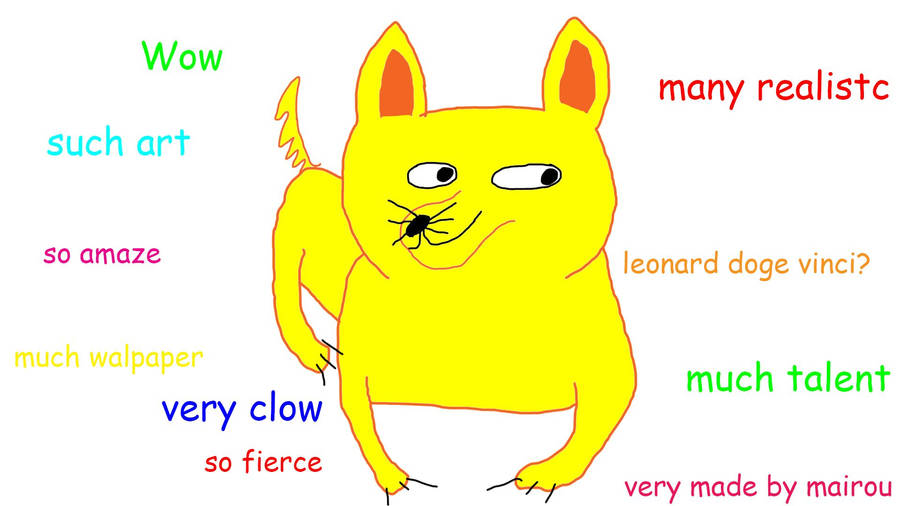A little background, coming out of college and moving to Roanoke, I got really deep into a collectible card game called Marvel VS System. It was an especially nerdy time in my life. Yeah, let that one sink in for a second. I really enjoyed all aspects of it. Collecting, building decks, and especially getting together with people to play. So when I read about the item concept in Explore Like a Pirate, my mind was immediately drawn to it. It is becoming a bit of an obsession.
I dabbled in power ups/items last year just try my hand at it. My kids liked them. They liked having them. They liked when they were random drops during class. They liked earning them by doing things. The items added to the game, which added to class. Having the items also meant that I was not bribing the students with candy and other stuff. They earned items that pointed them back toward the class. However, there was more to it than that. It gave them power to impact the class. Empowerment has a huge impact on students investment in a classroom. If students can impact little things that matter to them, they will care more about what happens in class.
That brings us to this summer, and I am all in. My awesome new partner Tom and I are incorporating a superhero theme for our science classes, which I will pull into my math class in a slightly different way thanks to an excellent idea from Justin Willetts, @jwilletts12 on Twitter. A big component of that will be our collectible Power Up cards. Students will all be getting a baseball card sleeve to keep an inventory of 9 cards. They can hang on to the cards, trade for ones that suit their personality, or use them in different class situations.
Currently, I am using the website GoDeckYourself.com, which allows for the creation of your own cards. It has templates that are easy to use and offer different choices. Personally, though, I have some design philosophies that I hold to.
- One, there have to be cards that appeal to all types of learners. Cards that will affect my explorers, socializers, achievers, and a term I have borrowed to call my griefers, philanthropist.
- Two, and this is important to me as the father of a girl, my cards must feature female superheroes as well. This can be tricky, as comic book art is not extremely tactful all the time.
- Last, there have to be commons, rares, and unicorns. Cards that many of the students have, cards that not every student will have, and cards that only a few will get the entire year. Those unicorns, man, they have to be special.
Here is a taste of what my fourth graders are in for.
Common Sample #1
Whoops, as labeled, is geared toward my explorers. Kids who are excited to learn...constantly, and because of that may forget to bring something to school.
Common Sample #2
Partners is a card aimed at my socializes, like me. Kids who want to share all of their thoughts, but might benefit from having a sounding board.
Rare Sample #1
Look! Up in the Sky! is a rare. About 1 in 5 cards will be a rare card because the effect will be very cool. Look! gives the students an opportunity to get involved with sharing cool things taking place in our classroom.
Rare Sample #2
Shine the Signal is for the kid who can not contain the desire to share that they know something. This card is an outlet for that kid, it gives them the opportunity to take over for a short time and be the center of attention. That said, giving them a number of uses forces them to choose wisely.
These are just some of my 12 rares and 16 common cards. I am not ready to share unicorn cards, they will be given in very special circumstances. I am also planning to introduce Villain cards or Schemes in the second half of the year, but those are only in the brainstorming stage. If you want to see the rest of the set, let me know on Twitter, I would be happy to share.

















